The exploration of how historical hair care rituals mirror cultural heritage begins deep within the very fabric of textured hair itself. This journey invites us to consider the strands not merely as biological structures, but as living archives, holding generations of wisdom, struggle, and profound beauty. To truly understand the resonance of these ancestral practices, we must perceive them through a lens that honors the unique journey of Black and mixed-race hair, its resilience, and the rich tapestry of traditions it carries.

Roots
In the quiet spaces of personal reflection, many of us have paused to observe the coils and waves that crown our heads, a silent testament to genetic lineage. Yet, our hair is more than an inherited trait; it is a repository of collective memory, a living chronicle of humanity’s shared past. From the intricate patterns braided into ancient crowns to the everyday anointing with botanical essences, hair care rituals have always served as a profound mirror to cultural heritage, particularly for those with textured hair.
These practices are not isolated acts of grooming. They are deeply embedded within societal structures, spiritual beliefs, and communal bonds, offering a vibrant echo of ancestral ways.
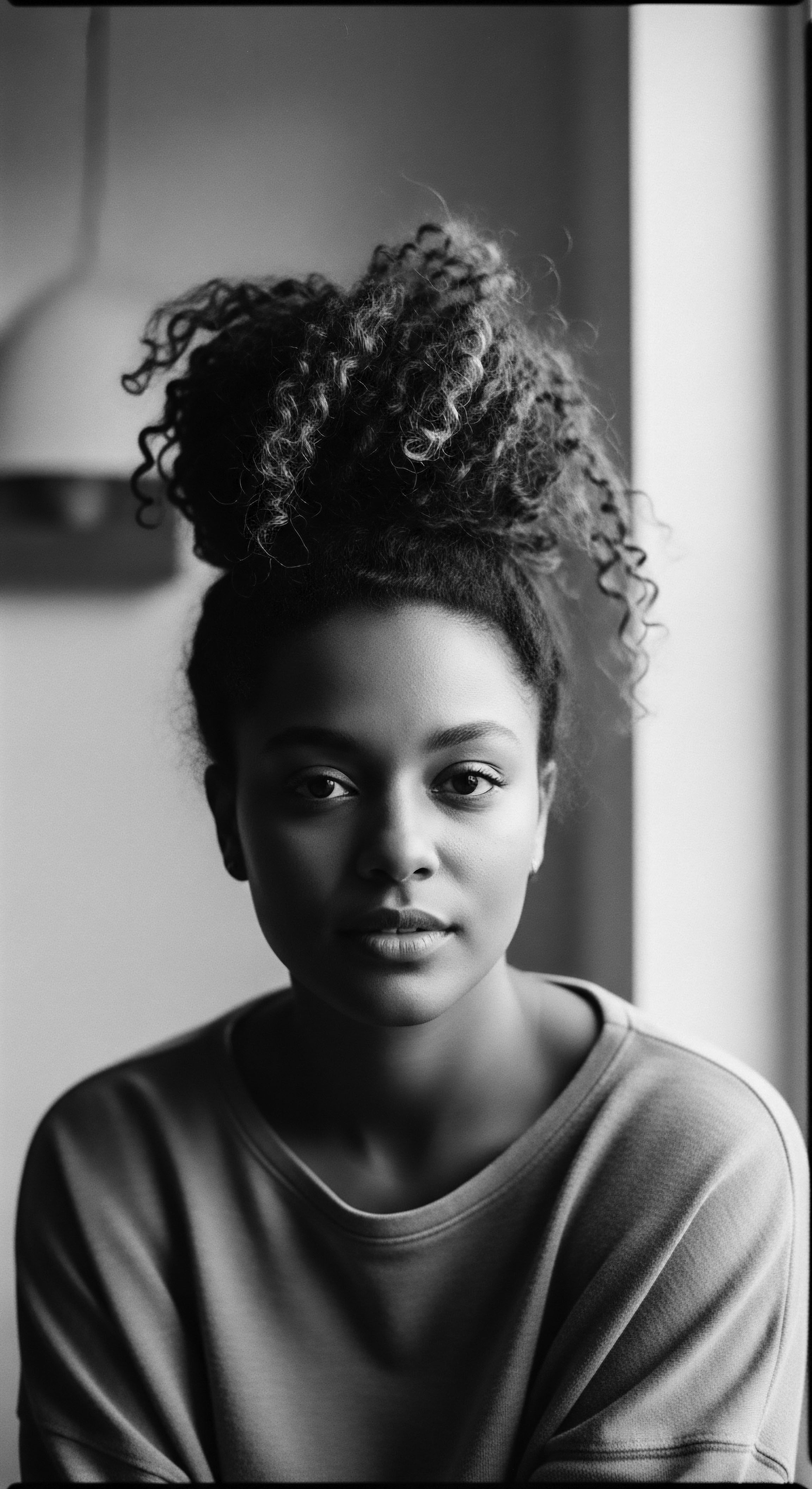
What Does Textured Hair Reveal About Ancient Societies?
The earliest records of human civilization whisper stories of hair as a central identifier. For African societies, the variations in hair texture, from tightly coiled to wavy, were not simply physical differences; they were foundational elements of identity. Consider the archaeological evidence from ancient Egypt, where depictions often showcase intricate hairstyles, wigs, and adornments. These were not solely for aesthetic appeal; they conveyed social standing, religious beliefs, and even marital status (Khumbula, 2024).
The very act of caring for hair was communal, an intimate ritual where mothers, sisters, and friends gathered, sharing stories and imparting knowledge across generations. This social dimension underscores that hair care transcended mere personal hygiene, becoming a vital thread in the social fabric. It served as a nonverbal language, capable of communicating complex information without a single word (Afriklens, 2025).
Hair, particularly textured hair, has consistently served as a profound cultural and historical marker, relaying stories of identity and community without utterance.
The morphology of textured hair itself, with its unique helical structure and varying curl patterns, necessitates specific care. Ancient African communities understood this intimately. They developed sophisticated practices and utilized indigenous ingredients long before the advent of modern chemistry. These methods were honed over millennia, passed down through oral tradition and lived experience, adapting to diverse climates and available resources.
For instance, the Himba people of Namibia traditionally use a paste called Otjize, a mixture of ochre, butterfat, and resin, to cleanse and style their hair. This protective application guards against the harsh sun and communicates age, marital status, and social standing within their community (Odele Beauty, 2021; VIORI Shampoo Bars, 2022).

Historical Hair Care Tools and Their Heritage
The tools employed in historical hair care were as diverse as the cultures that used them, each reflecting ingenuity and a deep connection to the natural world. Far from today’s mass-produced plastic combs, ancient tools were often crafted from bone, wood, ivory, or natural fibers, carrying symbolic weight and familial lineage. These implements were not merely functional; they were often objects of art, adorned with carvings or symbols that further expressed identity and heritage. The simple act of detangling with a meticulously carved comb became a connection to the artisans who shaped it and the ancestors who once used similar instruments.
The continuity of these tools across millennia, sometimes with little alteration, speaks to their enduring efficacy and cultural resonance. An exhibit highlighting ancient Egyptian hair combs alongside those from other African cultural groups showcases a consistent use of such tools over thousands of years, demonstrating a deep, shared heritage in hair care practices across the continent (Nile Valley Collective, 2021).

Ritual
Moving beyond fundamental structures, we journey into the realm of ritual, where hair care transformed into a sacred practice, shaping communities and echoing ancestral wisdom. The act of styling textured hair historically transcended personal aesthetics. It became a communal undertaking, a transfer of knowledge, and a visual representation of social order, spirituality, and resistance.
These rituals were steeped in purpose, intertwining daily life with deep cultural meaning. They speak to a time when hair was considered not merely an appendage, but a conduit for spiritual connection and a canvas for societal narratives.

How Did Braiding Practices Convey Social Information in Ancient Africa?
The art of braiding stands as a profound testament to the communicative power of hair. In pre-colonial African societies, elaborate braiding patterns were not random choices; they served as intricate codes, capable of conveying a person’s tribe, age, marital status, social status, and even religious beliefs (The Queen’s Journal, 2025). The Fulani people of West Africa, for example, were renowned for their distinctive cornrows, which often incorporated beads or shells, each element holding specific meaning (Khumbula, 2024).
These styles required hours, sometimes days, to complete, fostering intimate communal sessions where stories, traditions, and life lessons were exchanged. These sessions solidified social bonds and reinforced a sense of belonging, a tradition that endures in many communities today (Odele Beauty, 2021).
Historical braiding techniques transformed textured hair into a living script, communicating societal roles and personal journeys through intricate patterns.
The profound connection between hair and identity meant that hair care rituals often marked significant life transitions. A young girl’s first elaborate braiding session might signify her passage into womanhood, her new style a visible marker of her changed status (Khumbula, 2024). Similarly, specific styles might denote mourning, celebration, or preparation for war.
This symbolic language was so potent that, during the transatlantic slave trade, enslavers often shaved the heads of captured Africans upon their arrival. This was a deliberate, dehumanizing act, severing their visual connection to community and heritage, effectively stripping them of their identity (The Queen’s Journal, 2025; Byrd & Tharps, 2014).
Yet, even under the most brutal conditions, the resilience of textured hair heritage shone through. Enslaved Africans adapted their hair practices as acts of resistance. Cornrows, with their enduring cultural roots, became clandestine maps, with specific patterns encoding escape routes or hiding small tools and seeds for survival along the Underground Railroad (Odele Beauty, 2021; KeraVada, 2023; BUALA, 2024). This ingenuity highlights the profound role of hair beyond mere adornment; it was a medium for survival and coded communication, a powerful example of how cultural practices persisted and transformed in the face of immense oppression.
| Historical Style/Practice Cornrows |
| Cultural Significance Encoded tribal identity, marital status, age, social rank, and even secret maps during enslavement. Used for nonverbal communication and communal bonding. |
| Contemporary Relevance for Textured Hair Continues as a protective style, symbolizing cultural pride, versatility, and historical continuity. A staple for managing natural texture. |
| Historical Style/Practice Himba Otjize Application |
| Cultural Significance A red paste of ochre, butterfat, and resin applied for sun protection, beauty, and to indicate social status and age. |
| Contemporary Relevance for Textured Hair Reflects a holistic approach to hair care; inspires modern natural product formulations for protection and nourishment. |
| Historical Style/Practice Yoruba Head Shaving/Styling |
| Cultural Significance Hairstyles displayed social status, spiritual beliefs. Shaving could signify mourning or leadership changes. The head as a spiritual entity. |
| Contemporary Relevance for Textured Hair Connects hair care to spiritual wellness and mindful self-adornment; informs understanding of hair as a sacred aspect of self. |
| Historical Style/Practice These practices illuminate how hair care traditions, deeply rooted in heritage, continue to inform contemporary textured hair experiences. |

What Ancient Ingredients Were Central to Hair Care?
The historical reverence for textured hair extended to the natural resources used for its care. Across Africa and the diaspora, ancestral wisdom guided the selection of specific plants, oils, and minerals, recognizing their unique properties. These ingredients were carefully harvested and prepared, often with rituals of their own, reflecting a deep respect for nature’s offerings.
- Shea Butter ❉ Extracted from the nuts of the shea tree, shea butter was (and is) a cornerstone of West African hair care. Its rich, moisturizing properties provided a natural sealant, protecting hair from harsh climates and imparting a healthy sheen.
- Coconut Oil ❉ Particularly prevalent in coastal regions and parts of the African diaspora, coconut oil was valued for its deeply penetrating moisturizing abilities and its capacity to add shine.
- Palm Oil ❉ A staple in many West African communities, palm oil was used for its conditioning and protective qualities, often incorporated into hair dressings.
- Ochre and Clay ❉ Beyond the Himba’s otjize, various clays and earth pigments were used to cleanse, color, and protect hair, often providing sun protection and symbolizing connection to the land.
- Plant Extracts and Herbs ❉ Indigenous plants like aloe vera, hibiscus, and various barks were prepared as infusions, rinses, or pastes to promote hair growth, soothe the scalp, and strengthen strands.
These natural remedies, born from observation and generational experience, formed the bedrock of hair wellness. They stand as a testament to scientific understanding that, while not always articulated in modern biochemical terms, proved highly effective. Their continued presence in contemporary natural hair products underscores the enduring power of ancestral knowledge.

Relay
The journey of textured hair heritage continues, a relay from ancient wisdom to contemporary understanding, where historical hair care rituals shape present-day holistic approaches and problem-solving. Here, we delve into the deeper implications of these ancestral practices, examining how they inform our comprehensive view of hair health, cultural identity, and even the future of textured hair care. This segment examines the interplay of biological realities, inherited practices, and the modern context, demonstrating that the soul of a strand carries echoes from its deepest past into its unfolding future.
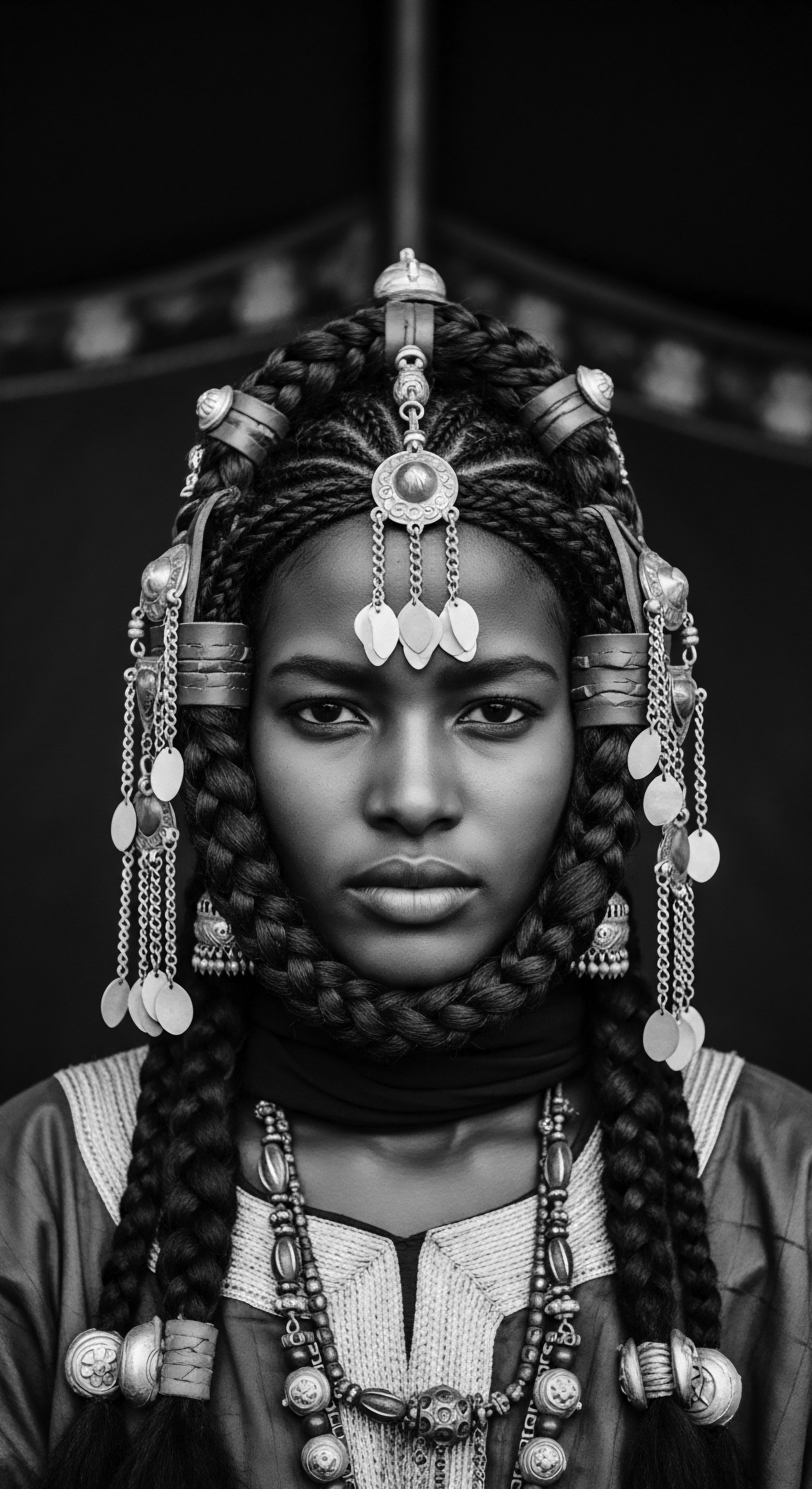
How Does Ancestral Wisdom Shape Modern Hair Care Philosophy?
The connection between historical rituals and modern textured hair care extends beyond mere ingredient lists. It influences the very philosophy of care, advocating for practices that honor the hair’s natural state and the body’s holistic well-being. Historically, hair care was often viewed as a preventative measure, a way to maintain health and vitality, rather than solely a corrective one.
This ancestral wisdom, particularly prevalent in African traditions, emphasized nourishment, protection, and gentle handling. The traditional communal braiding sessions, for example, were not only social occasions but also served as opportunities for scalp massage, product application, and the installation of protective styles that minimized manipulation and encouraged healthy growth (Khumbula, 2024).
A recent study highlights the enduring impact of these generational learning processes. A 2020 study in South Africa found that approximately 85% of Rural Zulu and Xhosa Women Learned Traditional Weaving Techniques from Their Mothers or Grandmothers, emphasizing that these lessons are vital for maintaining cultural identity and strengthening family bonds (Bebrų Kosmetika, 2024). This statistic speaks volumes about the continuity of heritage through hair care, underscoring that the transmission of skills also carries with it narratives of self-worth, community, and historical resilience.
The practices of hair oiling, deeply rooted in traditions across Africa and India, also exemplify this holistic approach. Beyond simply adding shine, oils like castor, coconut, and jojoba were used for their purported abilities to strengthen hair follicles, soothe the scalp, and protect against environmental stressors. This emphasis on scalp health as the foundation for healthy hair growth, a core tenet of ancient practices, is now validated by modern trichology, which recognizes the scalp microbiome and follicular health as critical components of hair vitality (Cécred, 2025; Fabulive, 2023). The nighttime rituals, such as wrapping or covering hair with natural fibers, also stem from ancestral methods of preserving intricate styles and protecting strands from friction and moisture loss, prefiguring modern bonnet wisdom.
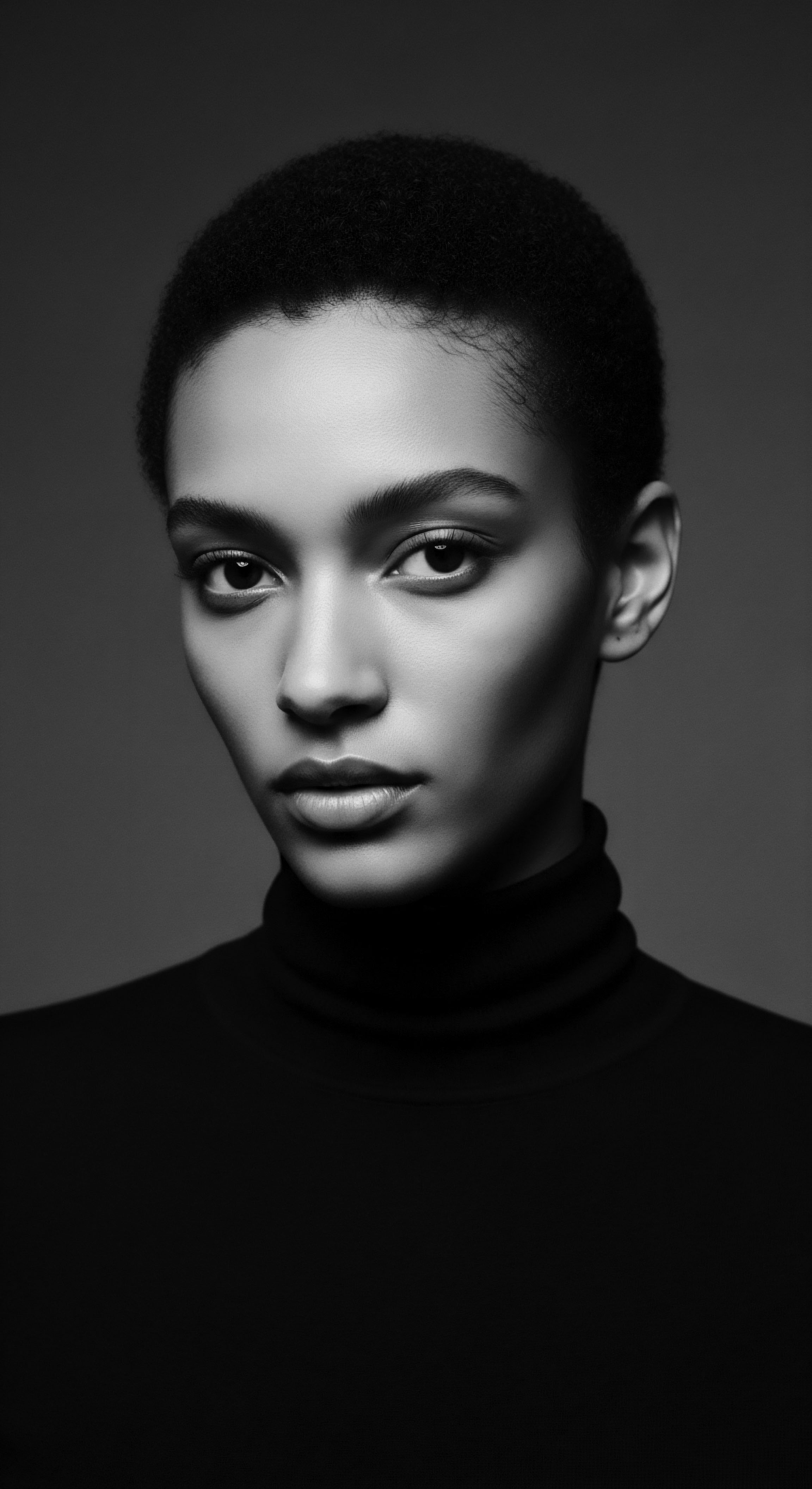
What Role Does Hair Play in Voicing Identity and Shaping Futures?
For Black and mixed-race communities, hair has long been a powerful vehicle for expressing identity, resistance, and self-acceptance. During periods of forced assimilation and cultural erasure, maintaining traditional hairstyles or adopting styles that celebrated natural texture became acts of defiance. The Afro hairstyle of the Civil Rights Movement, for instance, became a potent symbol of Black pride and a rejection of Eurocentric beauty standards (The Queen’s Journal, 2025). This act of reclaiming and celebrating textured hair represented a profound assertion of cultural autonomy and a connection to ancestral roots that colonialism and slavery attempted to dismantle.
The historical narrative of textured hair is not merely one of aesthetic choice. It is intertwined with systemic oppression and the enduring fight for self-definition. Laws like the Tignon Laws enacted in 18th-century New Orleans, which compelled Creole women of color to cover their hair, illustrate the attempts to control Black women’s public identity through their hair.
Yet, these women transformed the imposed headscarves into elaborate, colorful expressions of their resilience, subverting the intent of the oppressive laws (The Queen’s Journal, 2025). This historical precedent informs the ongoing significance of textured hair as a symbol of freedom, heritage, and a powerful voice for cultural reclamation.
Today, the continued celebration of natural textured hair, from braids and twists to locs and afros, serves as a powerful relay of heritage. It speaks to a conscious choice to honor ancestral aesthetics and practices, challenging lingering societal biases. The growing market for natural hair products and the proliferation of platforms dedicated to textured hair care illustrate a global movement toward self-acceptance and cultural affirmation.
This movement is a direct descendant of the historical rituals and their inherent wisdom. It recognizes that true hair wellness extends beyond external appearance, encompassing mental well-being, cultural connection, and a deep respect for one’s unique lineage.
The scientific understanding of textured hair has also progressed, offering new avenues for care that align with ancestral practices. Research into the specific molecular structure of melanin and keratin in textured hair provides insights into its unique needs for moisture retention, elasticity, and protein balance. This scientific lens, however, complements and often validates the efficacy of traditional ingredients like shea butter, coconut oil, and various botanical extracts that have been used for centuries (ResearchGate, 2024; Douglas, Onalaja, & Taylor, 2020). The interplay between historical wisdom and scientific inquiry provides a comprehensive framework for nurturing textured hair, enabling a deeper appreciation for its complex biology and its profound cultural stories.
The legacy of historical hair care rituals, especially for textured hair, continues to unfold. It reminds us that every coil, curl, and wave carries not only genetic information but also the collective memory of generations, a vibrant, living archive of resilience, artistry, and enduring heritage.
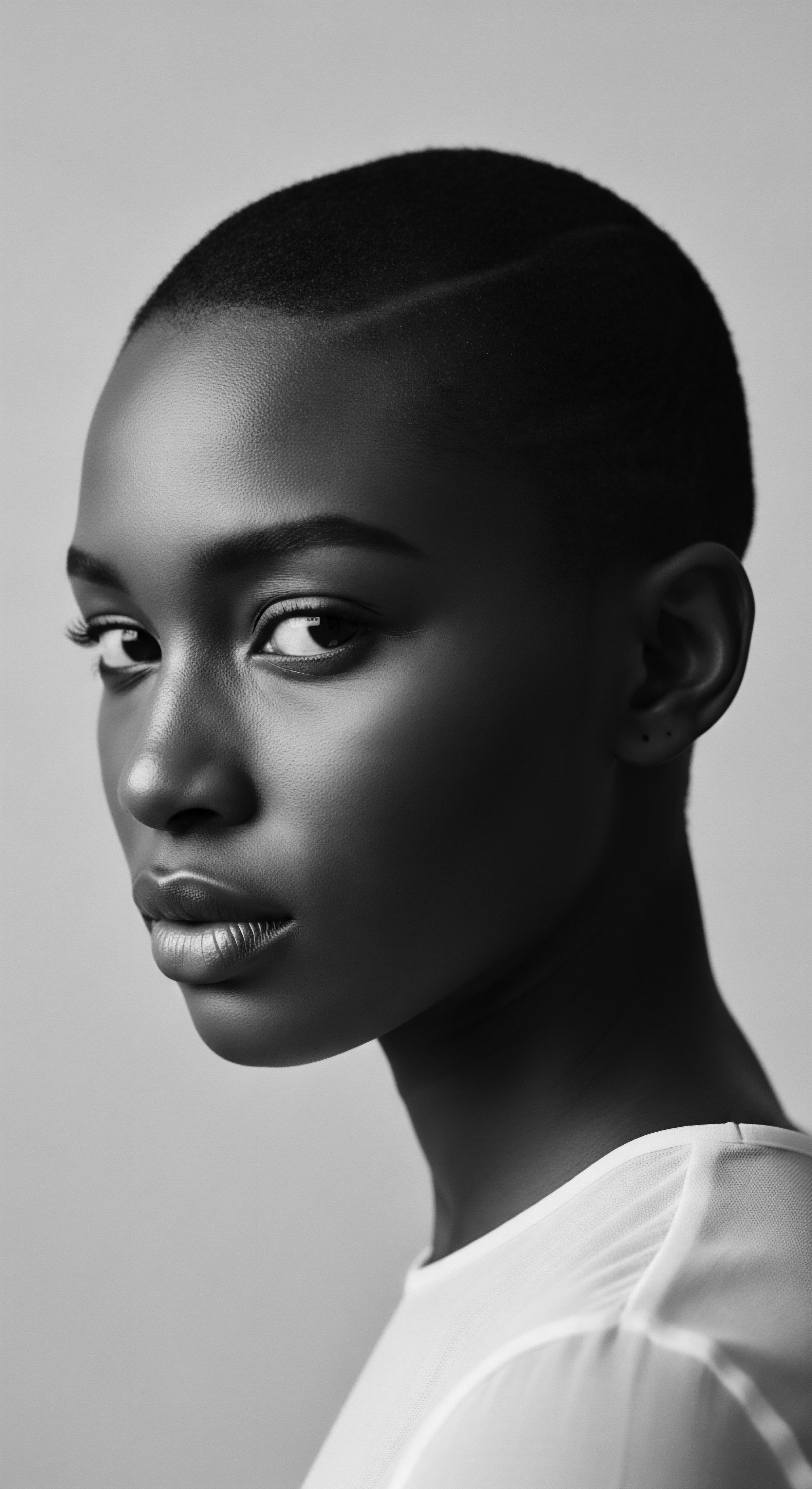
Reflection
To contemplate textured hair is to gaze into a mirror reflecting millennia of human experience, resilience, and profound artistry. The historical hair care rituals, rather than being mere footnotes in cultural history, stand as vibrant markers of identity, communication, and unwavering spirit. Each brushstroke of an ancient comb, every communal braiding session, and the sacred application of nature’s provisions speak to a deeply felt connection to lineage and self. The coils and kinks that crown so many heads across the globe carry the weight of survival, the echo of clandestine messages, and the silent declaration of belonging.
Our hair, indeed, holds the soul of a strand, a testament to the enduring power of heritage in its living, breathing form. As we continue to rediscover and celebrate these traditions, we are not simply tending to our hair. We are honoring our ancestors, reclaiming narratives, and weaving forward the living archive of who we are and from where we come.
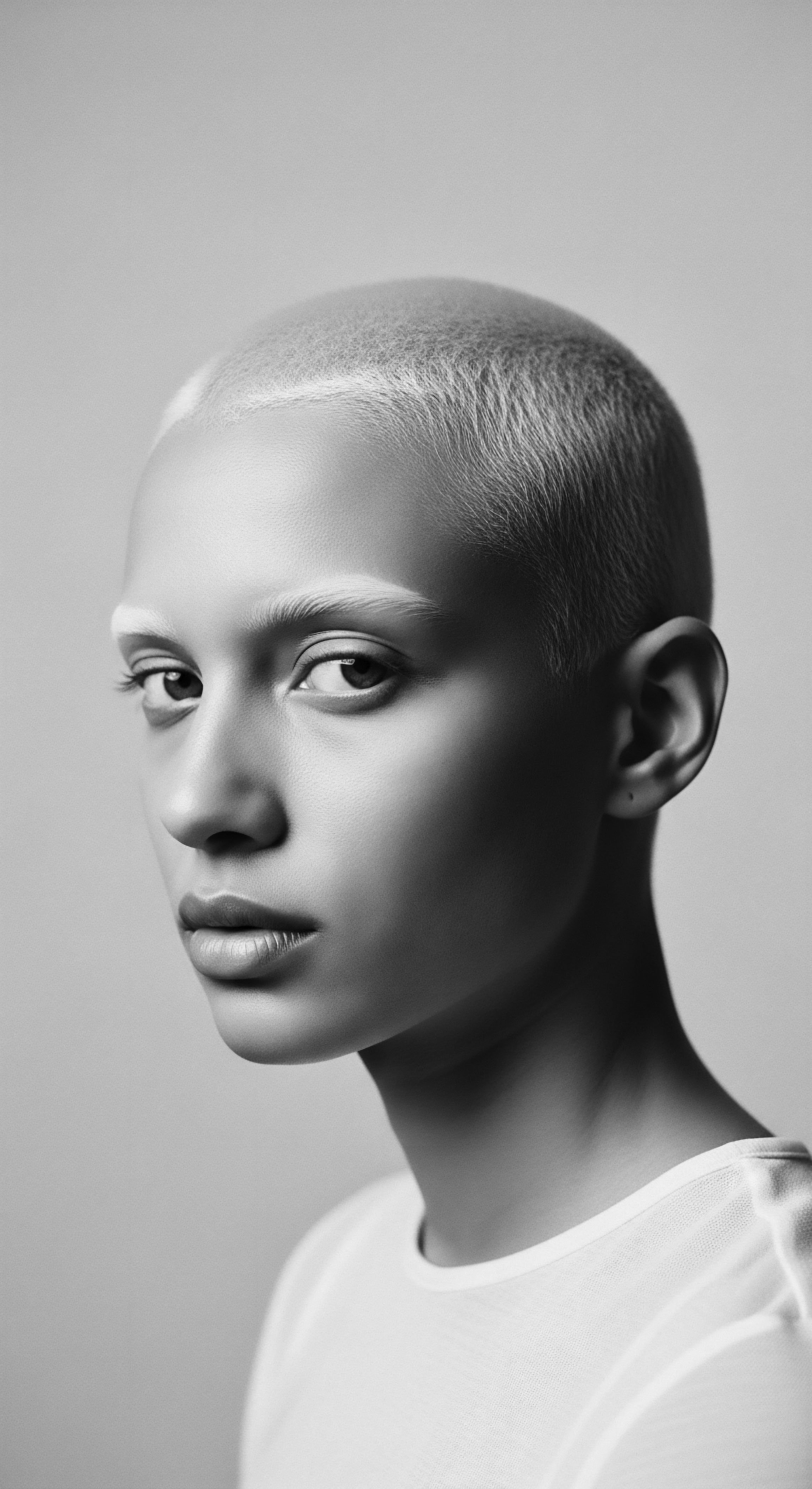
References
- Byrd, Ayana, & Tharps, Lori L. (2014). Hair Story ❉ Untangling the Roots of Black Hair in America. St. Martin’s Press.
- Douglas, Annyella, Onalaja, Amanda A. & Taylor, Susan C. (2020). Hair Care Products Used by Women of African Descent ❉ Review of Ingredients. Cutis, 105(3), 183-188.
- Fashola, Joseph O. (2023). The Ontology of Hair and Identity Crises in African Literature. PhilArchive.
- Khumbula. (2024, April 16). A Crowning Glory ❉ Hair as History, Identity, and Ritual. Retrieved from Khumbula.
- The Queen’s Journal. (2025, February 7). History, identity, and community ❉ The significance of Black hair. Retrieved from The Queen’s Journal.
- Afriklens. (2025, April 12). How African Hairstyles Reflect Identity ❉ and Heritage. Retrieved from Afriklens.
- Odele Beauty. (2021, February 22). 6 Things Everyone Should Know About Black Hair History. Retrieved from Odele Beauty.
- VIORI Shampoo Bars. (2022, August 23). 5 Hair Rituals From Around the Globe. Retrieved from VIORI Shampoo Bars.
- Nile Valley Collective. (2021, April 16). Was Ancient Egypt African? Retrieved from Nile Valley Collective.
- KeraVada. (2023, February 12). “The Historical and Scientific Significance of Braids in African Culture”. Retrieved from KeraVada.
- BUALA. (2024, February 23). Hair as Freedom. Retrieved from BUALA.
- Bebrų Kosmetika. (2024, August 23). The Power of Hair in African Folklore ❉ Rituals and Traditions. Retrieved from Bebrų Kosmetika.
- Cécred. (2025, April 15). Understanding Hair Oiling ❉ History, Benefits & More. Retrieved from Cécred.
- Fabulive. (2023, December 11). Rediscovering Historical Hair Care Practices. Retrieved from Fabulive.
- ResearchGate. (2024, February 1). Cosmetopoeia of African Plants in Hair Treatment and Care ❉ Topical Nutrition and the Antidiabetic Connection? Retrieved from ResearchGate.
